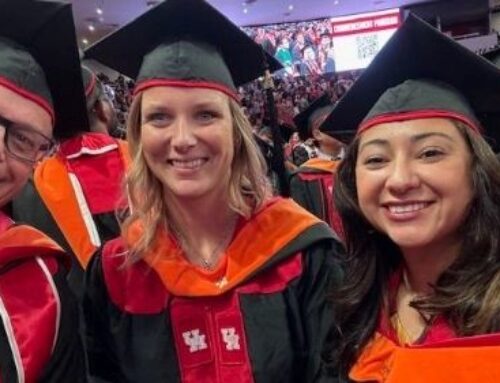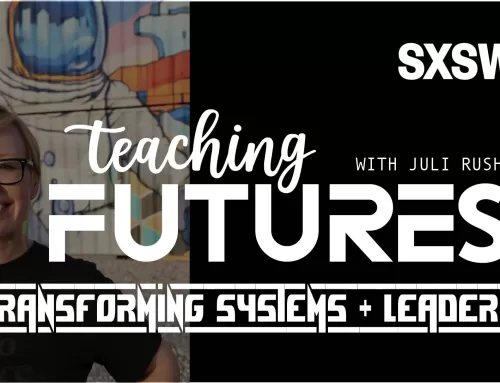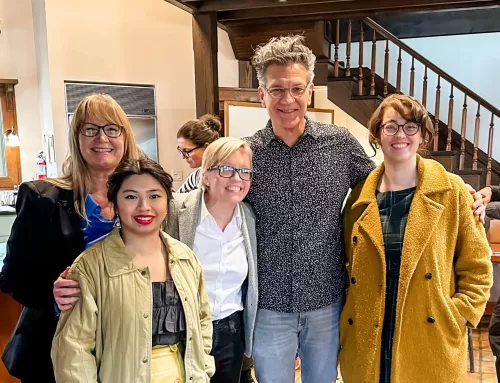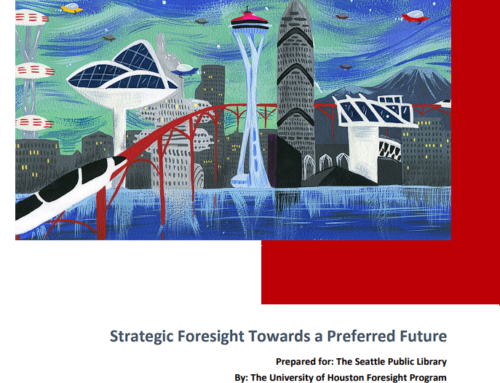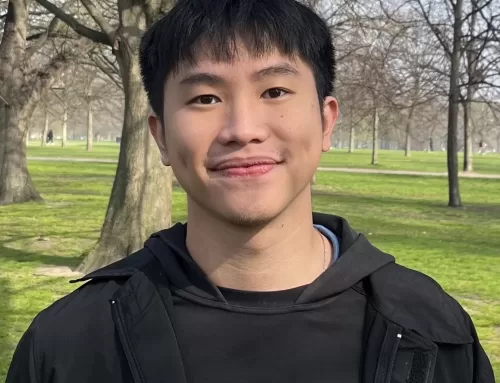In the Foresight ProSeminar class, students wrote a description of the foresight field for non-futurists suitable for publication in a mainstream newspaper or magazine. Here’s one student’s submission.
Contributor: Angela Miller
How did your 2020 go? For most of us, the year was far different that we expected it to be on New Year’s Day. Thanks to the global pandemic, 2020 was a tumultuous year that took markets, governments, school systems, and families around the globe by surprise and broke down or altered many of our social and cultural fabrics. We were largely unprepared to make the adjustments necessary to deal with it. How could we have been better prepared? One answer: better application of foresight into almost all sectors, public and private. Here in comes the roles of futurists!

Our interconnected world
Futures studies, often interchangeably called foresight, is an evolving profession that is necessary for humanity to think about how to plan and prepare for the future as well as influence change. We now live in a world that is extremely interconnected and thus it becomes more difficult to understand the potential ripple effects of various dynamics, be it the emergence of the Internet of Things or a pandemic. Futurists, at their best, can help governments and NGO’s prepare for such tumultuous changes by imagining alternative futures. They also help companies prepare for and adjust to major cultural, technological, and social changes. Unlike the projections of Nostradamus, this work does not come from hocus pocus and visions. It is a profession and a craft that requires skill, experience, creativity, and continuous innovation. Futurists scan the world for weak signals of change and understand the current trends shaping our present day. They then work, either together or with experts in certain sectors and fields, to understand how these weak signals and trends can interact together to create various futures.
No serious futurist believes that the future is already written or the future can be predicted. Rather dynamics are in play that can interact to generate something rather unpredictable or trends can emerge that create a future that is quite different from the baseline. The baseline assumes a continuity of key trends and dynamics. Many futurists endeavor to figure out how we can shape these dynamics to create a preferred future.
The exercises that futurists employ that enable them devise alternative futures and strategic planning for those futures run the gambit. A core process taught at the University of Houston is the Framework Foresight Method, where futurists work typically together with a company or team to frame the domain they seek to explore, conduct a current assessment, scan for emerging changes and weak signals, create baseline and alternative futures through a scenarios exercise, conduct a visioning exercise for a preferred future, devise a strategic plan, and finally lay out indicators that signal what scenario might be unfolding. Foresight practitioners employ a variety of scenarios methods, depending on the issue they are examining, including the classic 2X2 and the Manoa Method. They also use tools such as Casual Layered Analysis, which help us dive deeper into the present to understand how we can create alternative futures. Some futurists employ a systems thinking approach, sophisticated modeling, and data analytics. In addition, techniques such as Appreciative Inquiry can help a group to devise solutions to create a preferred future.
In an uncertain, interconnected world, the work of a futurists has become all the more important!
About the author
Angela Miller is a current graduate student of Foresight at the University of Houston and works at the US Embassy in Brazil. She holds an M.A. in Political Science, has worked on international political issues for more than 15 years, and aspires to bring greater foresight into the US government.

